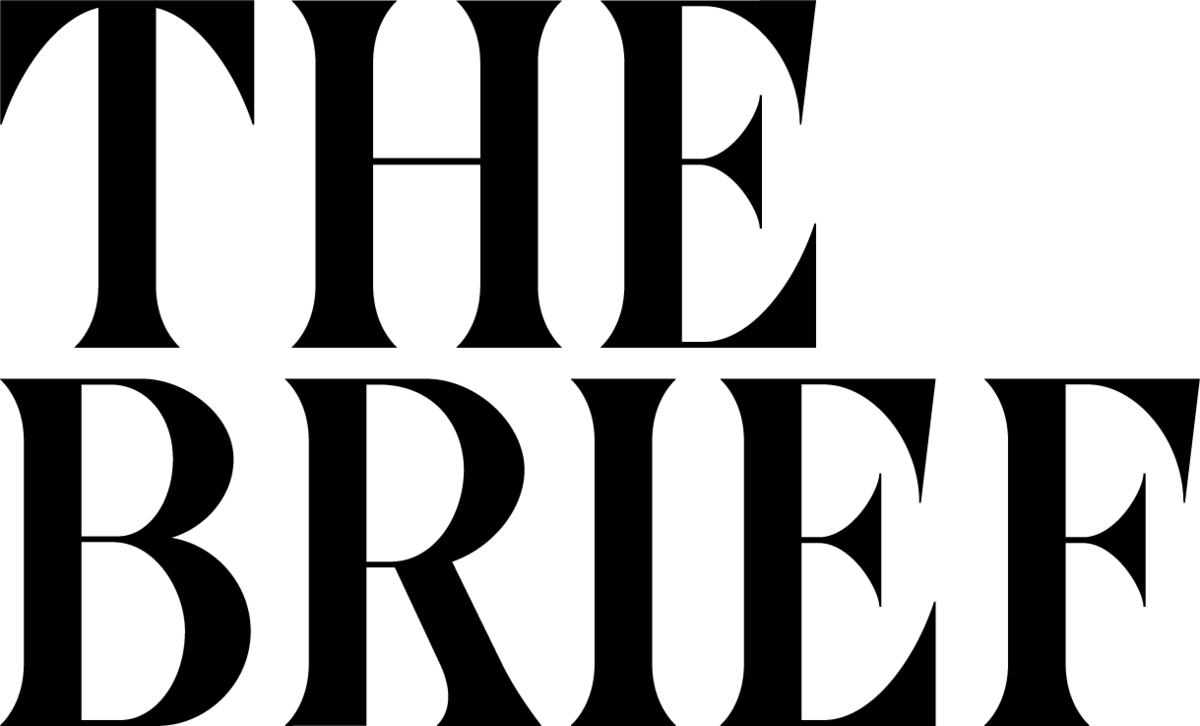
Newsjacking is sort of a double-edged sword. On the one hand, it can be a really effective strategy for inserting relevant experts and companies into the news cycle in an organic way. On the other hand, it can be used by PR hacks who leverage the loosest of connections to try to weasel their way into a story.
The ambulance chasers. 🚨
Knowing we don’t want to be those types of publicists, let’s discuss how we can all be better, especially during particularly tumultuous times.
Read Time: 3 mins
While there are many examples of how NOT to do newsjacking (just check Twitter), there is an art to doing it well. Today, we’ll chat through some of our best suggestions for leveraging breaking news in a way that connects relevant experts with the right media at the right times.
Act Quickly
If you’re already reading about the topic in a mainstream outlet, you’re probably late to the pitch. News can encompass many different levels of information - it can be nationwide, a shift in an industry, or something even more niche. Newsjacking doesn’t only involve Today Show-level awareness. Jumping on a new trend quickly can be effective at multiple levels.
Where to get a jump? Head to social media. Twitter and LinkedIn especially are the best places to get a heads-up in real time.
Relevance is Key
Most journalists will sniff out a promotional play in a millisecond. There must - MUST - be a true connection between your company/expert and the story you’re pitching. Pitching people or businesses that are only loosely connected is a surefire way to get blacklisted (or at the very least blasted on Twitter). A good rule of thumb - if you can’t make the connection in two sentences or less, it’s too distant to be relevant.
Leverage the Spokesperson Pitch
The spokesperson pitch is exactly what it sounds like. You send a note offering up a thought leader as an expert on a breaking news topic. We like to keep these short and snappy. A subject line that references the news, a quick bio that showcases relevant qualifications, and a bulleted list of topics the expert can discuss. Nothing promotional. Done and done.
Know When to Move Along
There is nothing worse than coming into a trend late and continuing to follow up on it, even after it’s been widely covered. You can leverage new perspectives, talk about the aftermath of the event, or predict when a similar event might occur, but if none of those elicit interest, it’s probably time to let it go.
Audit and Analyze
We love data. It’s always interesting to look back on major news events (in your industry or otherwise) and review who was quoted in the top articles. What types of people are tapped most often? What are they saying that is interesting enough to be included? Those learnings can help inform your future pitches and help you understand what the press is looking for in an expert source.
Newsjacking, when done correctly, can seamlessly integrate experts into the media narrative, elevating their voice and relevance. However, there's a fine line between meaningful contribution and opportunistic self-promotion. Success hinges on timeliness, genuine relevance, strategic spokesperson pitches, and thoughtful analysis. It's essential to prioritize authenticity over mere exposure.
Until next week -

Like The Colab Brief?
Welcome to The Colab Brief
